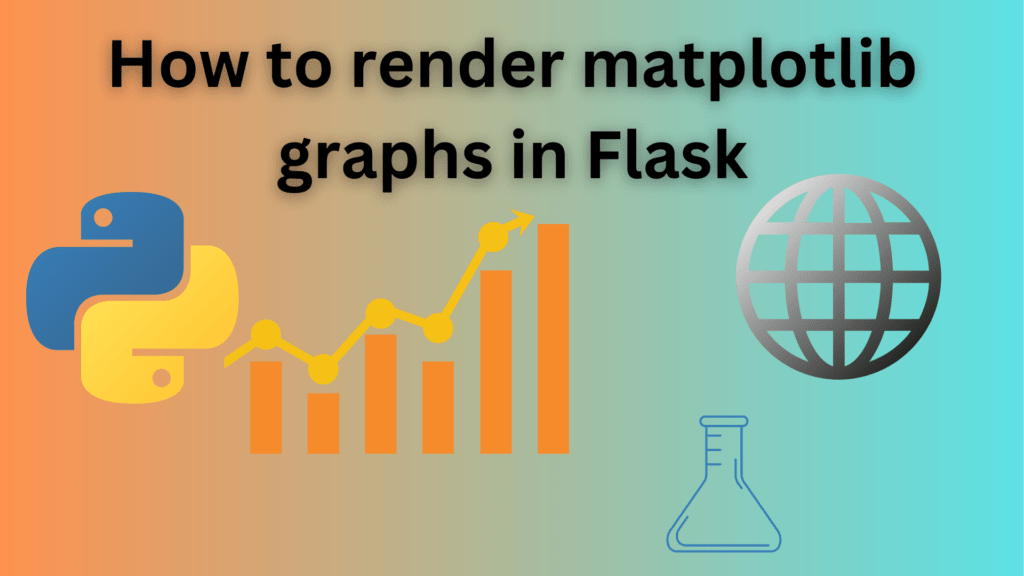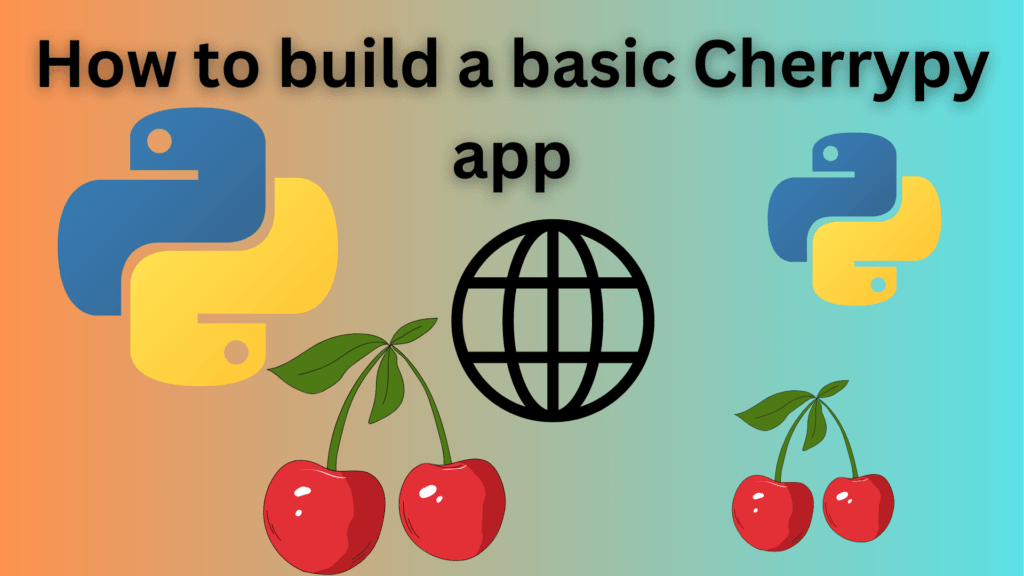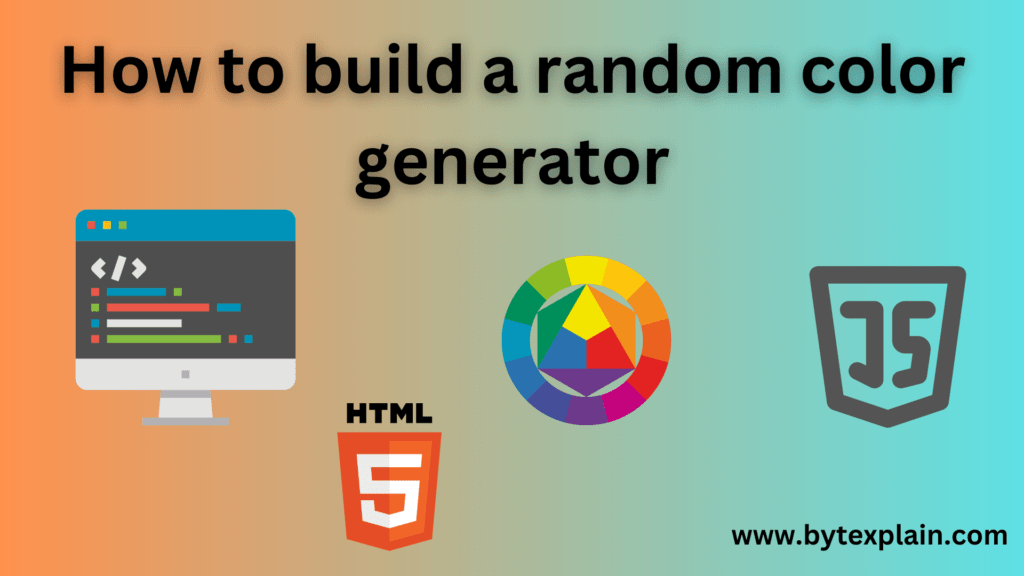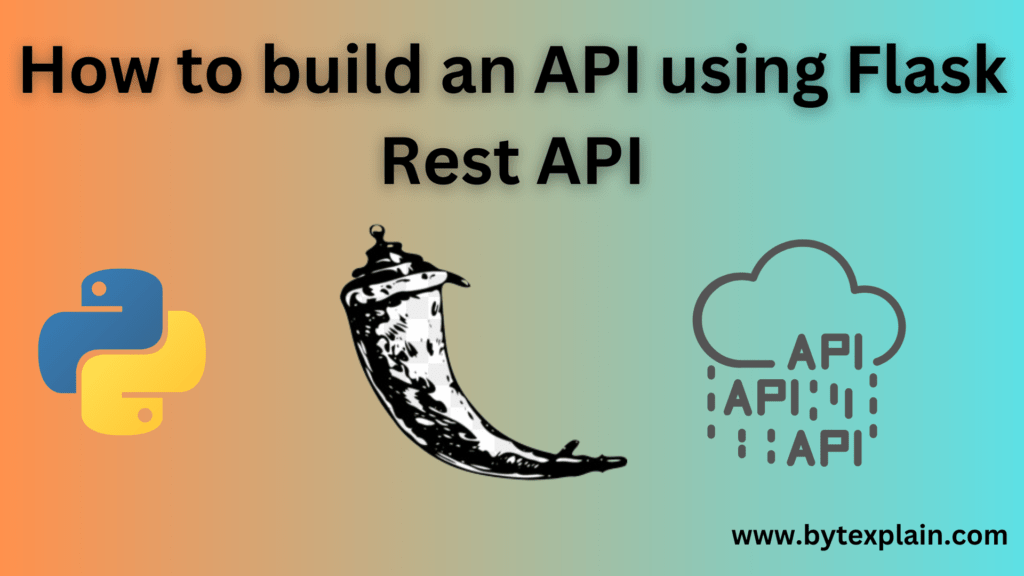In the ever-evolving world of web development, frontend frameworks play a crucial role in creating dynamic, responsive, and visually appealing websites and applications. Whether you’re a seasoned developer or just starting out, choosing the right frontend framework can significantly impact the efficiency and quality of your projects. This blog explores the top 10 frontend frameworks that are shaping the industry in 2024, helping developers build stunning user interfaces with ease.
Table of Contents
1. React
React, developed by Facebook, remains one of the most popular frontend frameworks due to its simplicity and flexibility. It allows developers to build reusable UI components, making code more predictable and easier to debug. React’s virtual DOM efficiently updates and renders only the necessary components, enhancing performance. With its vast ecosystem and strong community support, React is a go-to choice for building interactive user interfaces.
- Pros: Reusable components, strong community, high performance.
- Cons: Steep learning curve for beginners.
Read Also : How to Build a Desktop Notifier Using Python
2. Angular
Angular, maintained by Google, is a comprehensive framework that offers a robust solution for building dynamic single-page applications (SPAs). It uses TypeScript, which provides type safety and advanced features, making the code more maintainable and scalable. Angular’s two-way data binding ensures synchronization between the model and the view, reducing development time and effort.
- Pros: Full-fledged framework, TypeScript integration, powerful tooling.
- Cons: Steeper learning curve, verbose syntax.
3. Vue.js
Vue.js is a progressive framework that has gained popularity for its simplicity and flexibility. It is easy to integrate with other projects and libraries, making it an excellent choice for both small and large-scale applications. Vue’s reactive components and two-way data binding simplify the development process, while its detailed documentation makes it beginner-friendly.
- Pros: Lightweight, easy integration, great documentation.
- Cons: Smaller community compared to React and Angular.
4. Svelte
Svelte is a relatively new framework that offers a unique approach to building user interfaces. Unlike other frameworks that work in the browser, Svelte shifts the work to the compile step, converting components into highly efficient JavaScript code. This results in faster applications with smaller bundle sizes. Svelte’s syntax is intuitive and easy to learn, making it a favorite among developers looking for performance optimization.
- Pros: High performance, small bundle sizes, easy to learn.
- Cons: Smaller ecosystem, less mature tooling.
5. Ember.js
Ember.js is a robust framework designed for building ambitious web applications. It follows the convention over configuration philosophy, providing developers with a strong foundation and predefined best practices. Ember’s powerful CLI and component-based architecture make it an excellent choice for large-scale projects. Its built-in state management and routing capabilities simplify complex application development.
- Pros: Strong conventions, powerful CLI, excellent tooling.
- Cons: Steep learning curve, slower performance compared to newer frameworks.
6. Backbone.js
Backbone.js provides the minimal structure needed for building sophisticated web applications. It allows developers to create models that bind to UI elements, simplifying data synchronization. While it is lightweight and flexible, Backbone relies heavily on other libraries like Underscore.js and jQuery, making it less standalone compared to more modern frameworks.
- Pros: Lightweight, easy to integrate, flexible structure.
- Cons: Lacks a strong opinionated structure, relies on additional libraries.
7. Preact
Preact is a fast, lightweight alternative to React, offering the same modern API but with a much smaller footprint. It is ideal for projects where performance is critical, such as mobile web applications. Preact’s small size and compatibility with most React libraries make it a viable option for developers looking to optimize their apps without sacrificing functionality.
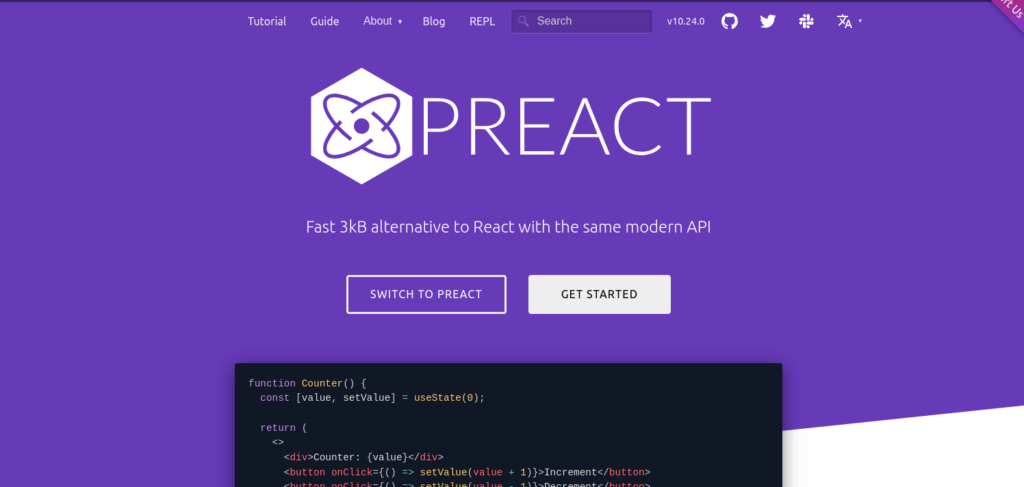
- Pros: Extremely lightweight, fast performance, React compatibility.
- Cons: Smaller community, fewer built-in features compared to React.
8. Lit
Lit, developed by Google, is a modern framework for building lightweight and reusable web components. It uses standard-based web technologies, making it easy to integrate with other frameworks or use standalone. Lit’s reactive properties and templating system enable developers to create fast, scalable applications with minimal code.
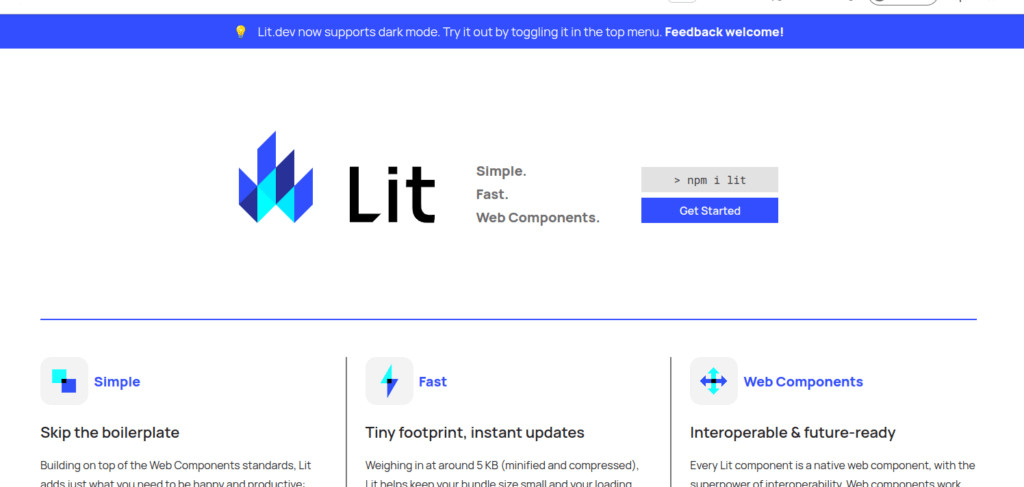
- Pros: Lightweight, standard-based, easy to integrate.
- Cons: Newer framework, smaller community.
9. Alpine.js
Alpine.js is a minimal, declarative framework designed to add interactivity to simple HTML structures. It is perfect for developers who don’t need the full power of frameworks like React or Vue but want more functionality than vanilla JavaScript provides. Alpine.js is often used for enhancing static websites with small interactive components.
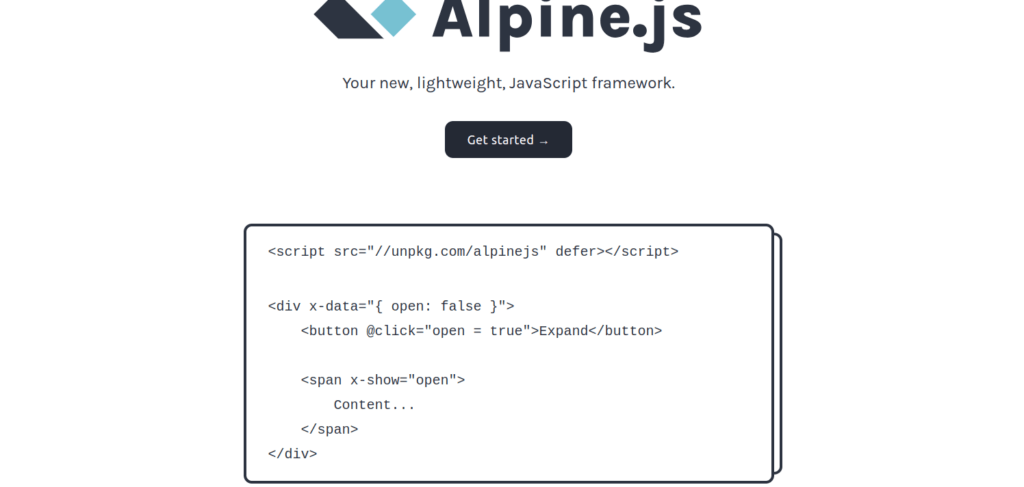
- Pros: Lightweight, easy to learn, great for small interactions.
- Cons: Limited scope, not suitable for complex applications.
10. Stencil
Stencil is a toolchain for building reusable, scalable web components. Developed by the Ionic team, it allows developers to write components that work in any frontend framework or no framework at all. Stencil generates standards-based web components and offers features like reactive data binding and async rendering, making it a powerful choice for modern web development.
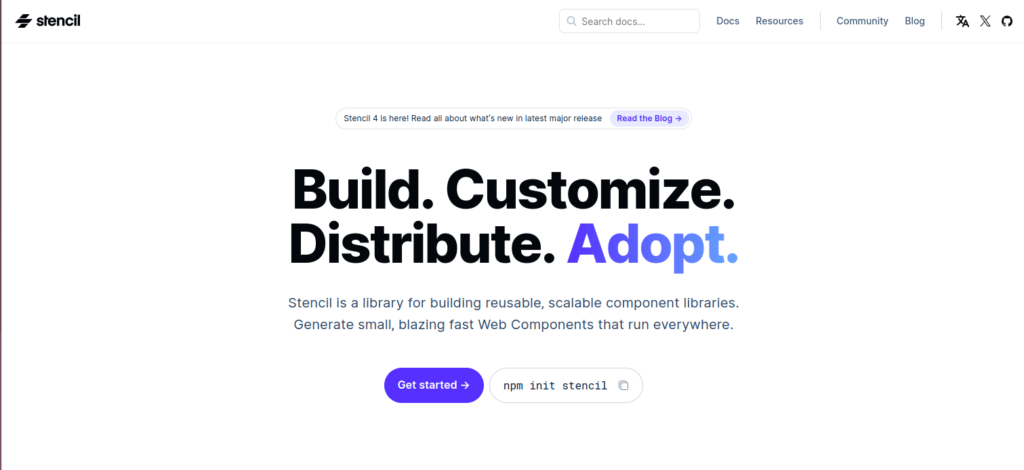
- Pros: Framework-agnostic, reusable components, great for design systems.
- Cons: Limited ecosystem, requires knowledge of web component standards.
Conclusion
The frontend development landscape is rapidly evolving, and choosing the right framework can significantly influence your project’s success. Whether you’re developing complex single-page applications or simple interactive components, there’s a frontend framework that fits your needs. React and Angular remain dominant, offering robust solutions for large-scale projects, while newer options like Svelte and Alpine.js provide lightweight, efficient alternatives.
Understanding the strengths and weaknesses of each framework can help you make informed decisions, enabling you to create high-quality, maintainable code. As you explore these frameworks, consider your project’s requirements, your team’s expertise, and the long-term sustainability of the technology you choose.
By mastering these frontend frameworks, you can stay ahead of the curve and continue to build innovative, user-friendly applications that stand out in the competitive digital landscape.





